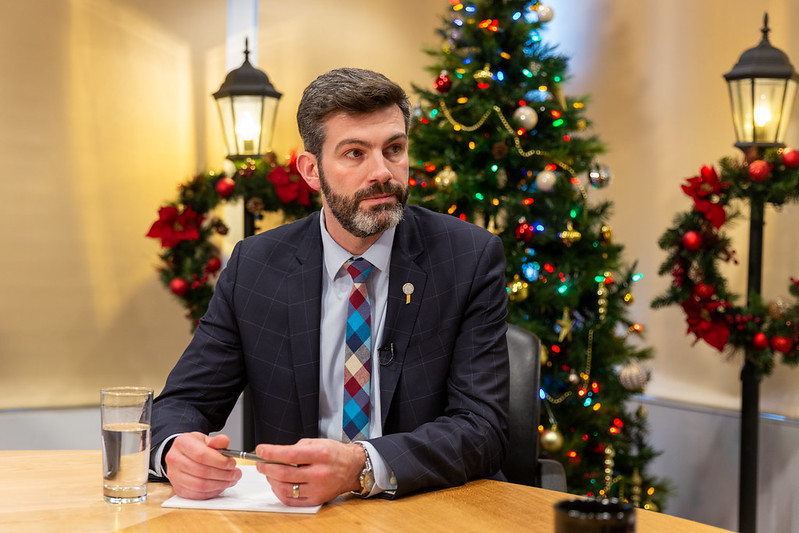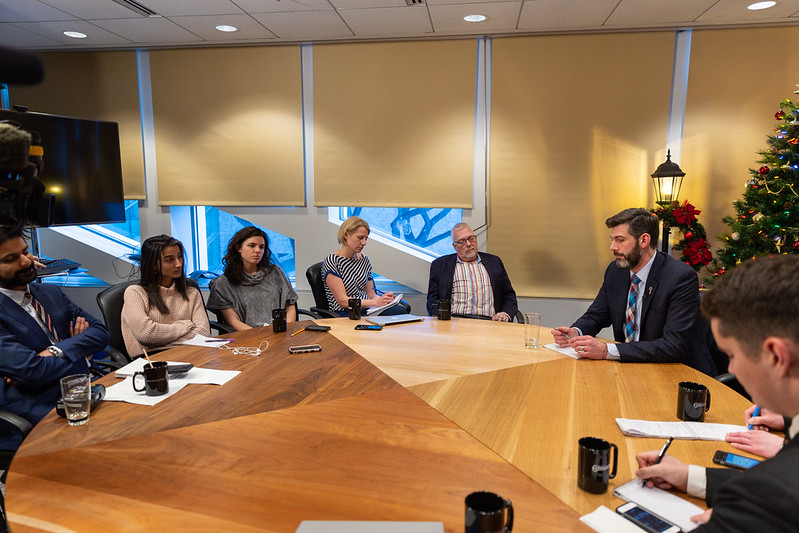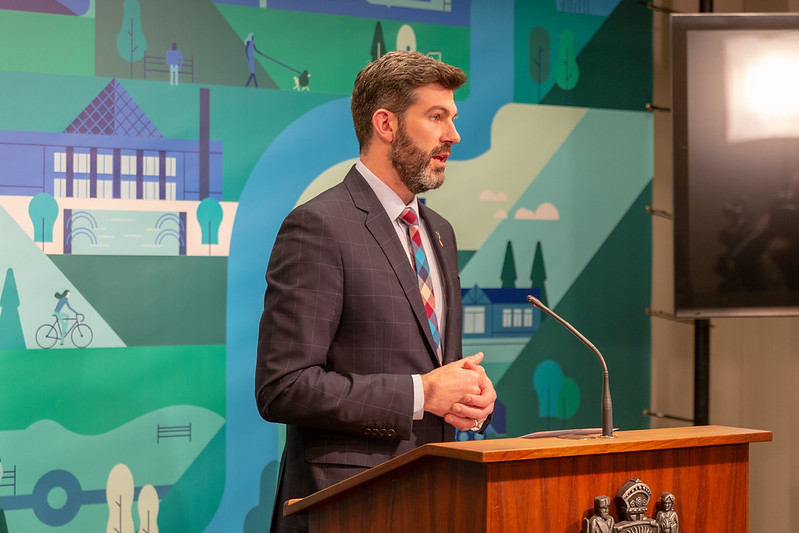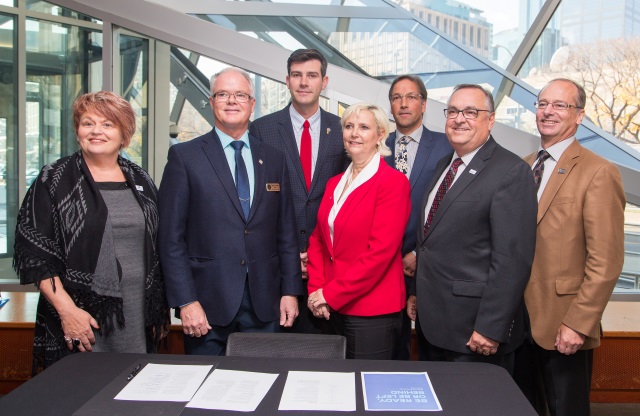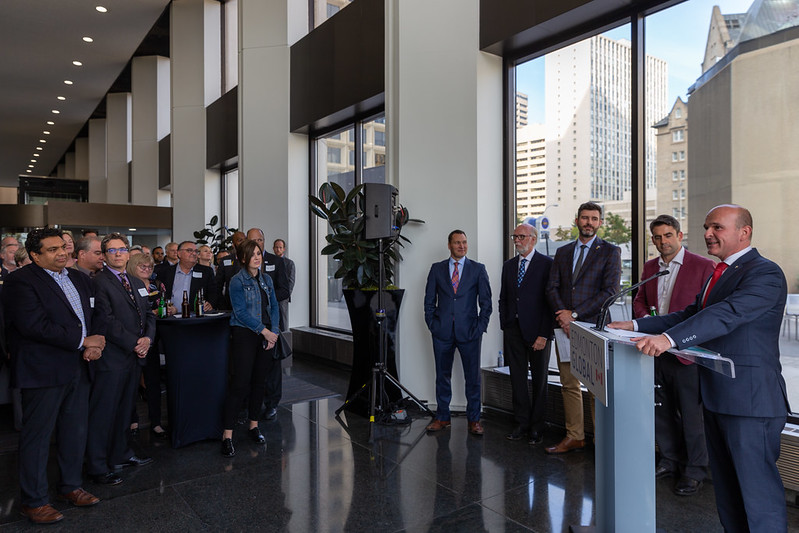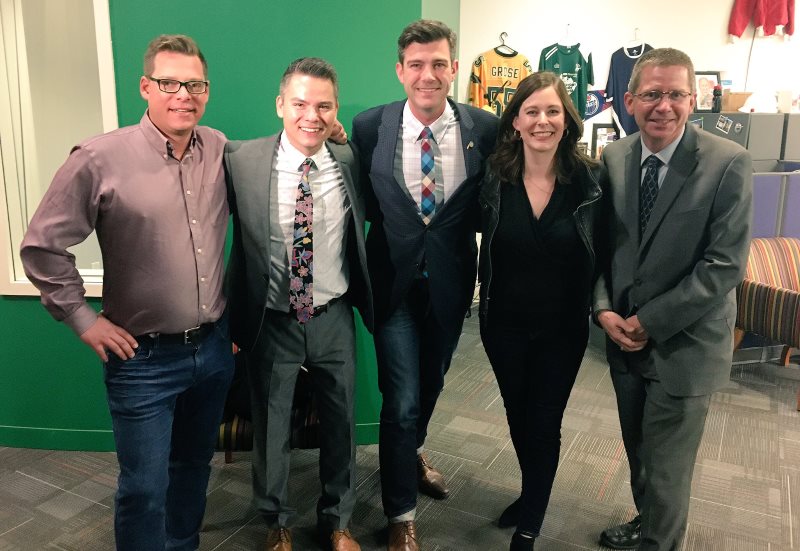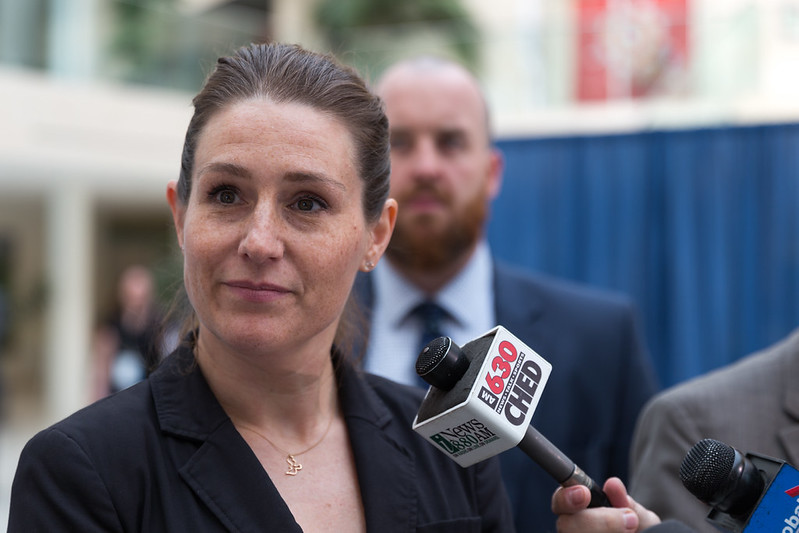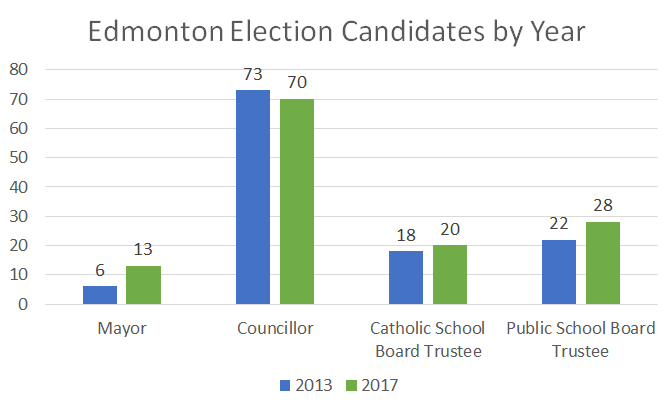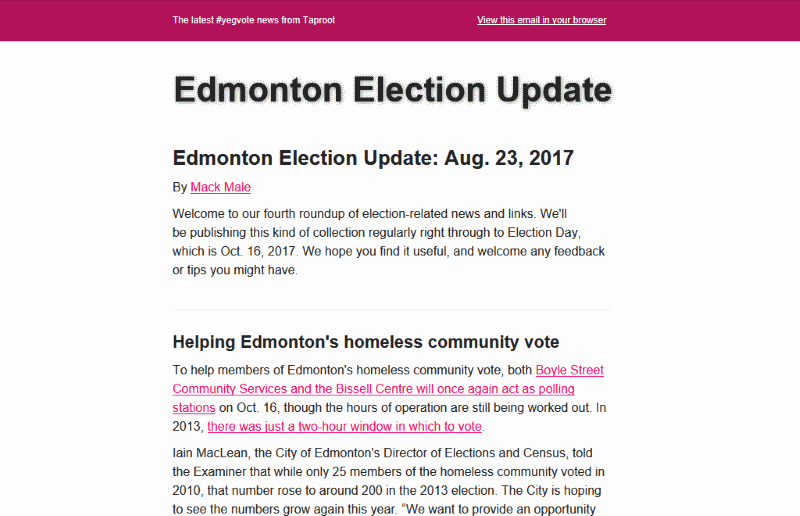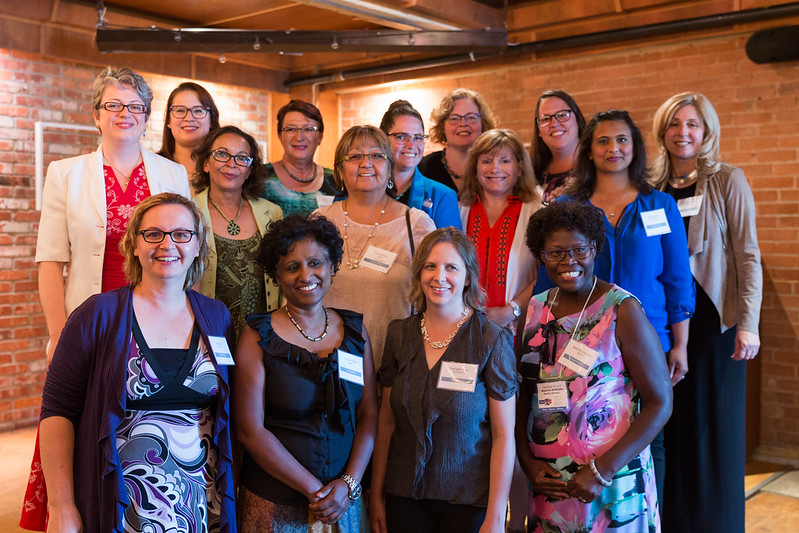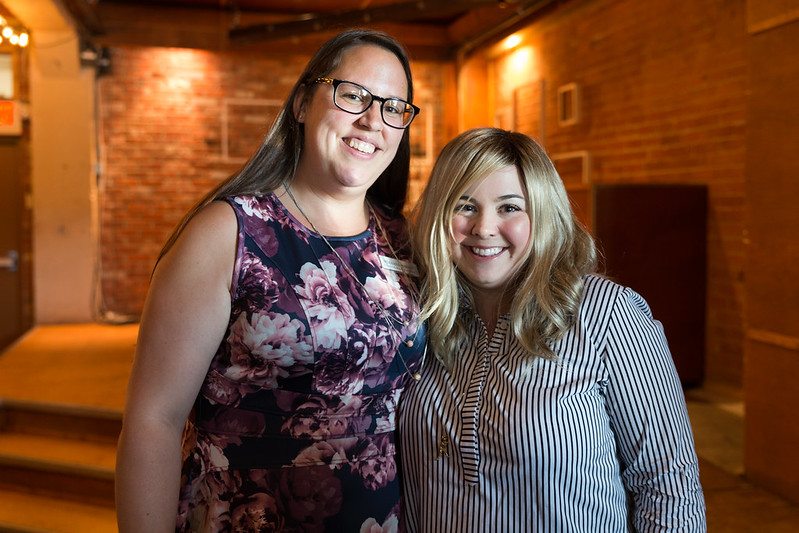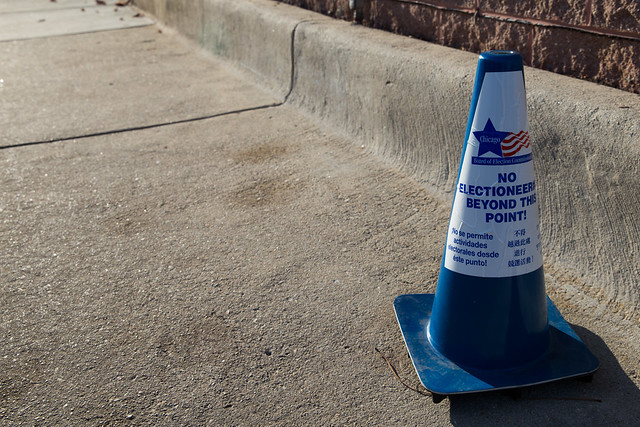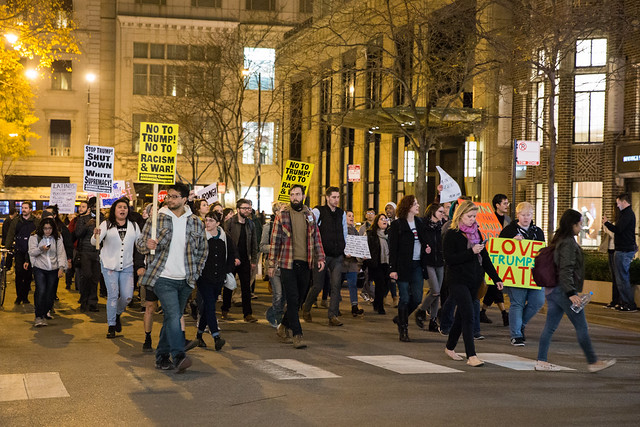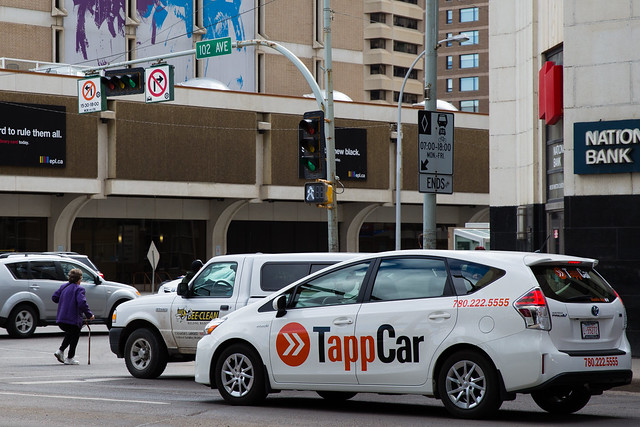“I believe this was the year we made a shift to building Edmonton for the next generation,” said Mayor Don Iveson last week as he hosted the media at City Hall for a briefing and roundtable discussion on 2018.
Asked for a highlight from the past year, Mayor Iveson cited the new funding deal with the Province. The City Charters Fiscal Framework Act will provide Edmonton and Calgary with “infrastructure funding tied to provincial revenues, meaning they would share in Alberta’s future revenue growth.” It is both a replacement for Municipal Sustainability Initiative (MSI) funding and a new source of long-term transit funding. “We’re legislated now into long-term growth,” the mayor said. Last month he wrote that “the deal reflects the province’s economic reality now.”
Here are some of the highlights from the roundtable discussion:
Budget Savings
Given the budget hadn’t yet passed when the roundtable took place, there were some questions related to cost savings. Acknowledging there were valid questions about the size of the City organization and in particular the size of management, Mayor Iveson said “it will be a continuing conversation for us.” He noted there are pros and cons to reducing the size of management that need further discussion.
In terms of savings, the mayor said that through innovation the City has harvested $68 million in savings in the last five years. And he indicated there was more to come. “I suspect there will be things over the next year that we close or significantly adjust our approach to,” he said. “We’re prepared to declare certain things no longer relevant.”
Culture of Confidence
Asked about his frustration this summer over the way Administration handled things like the bench plaques program, the mayor said “mistakes are going to happen given the complexity of what we do.” He acknowledged that Council had given Administration competing direction to both save money and to be as helpful as possible. “Both are values this organization has and they conflicted with one another,” he said.
The mayor made it clear he doesn’t want to micromanage things. “I don’t think every complex decision needs to come from Council,” he said. “It’s not an effective use of the thirteen members of Council.” Instead what he’d like to see is a “culture of confidence”.
“My expectation is that anyone working at the City with an idea that could lead to savings has the opportunity to bring that forward as opposed to being afraid to suggest it due to risk management,” he explained. That requires “a tolerance for failure and innovation” that won’t come easily. “We have to give some permission for it to not work out,” he said.
Mayor Iveson did say that he thought the “long-term culture change is moving in a good direction” at the City of Edmonton.
Edmonton Coliseum
On the question of what will happen to the Coliseum (formerly Rexall Place) the mayor said “it has no practical use or reuse that is economically viable” and as a result “it will be torn down.” He noted there are ongoing costs related to keeping the building secure and said, “I’m hopeful that we’ll be able to find a cost-effective and timely way to deal with the Coliseum.”
And what about the land? “We’re going to have some interesting discussions about how to redevelop those lands,” the mayor said. He’s not in a rush to sell the land, though. “In this market the land is probably not worth as much,” he said. “Where we try to rush land decisions that generally doesn’t go well for us.”
Media
Unsurprisingly, some of the journalists in the room were curious about the mayor’s thoughts on the media. He has made suggestions throughout the year that the City needs to do more of its own storytelling, and of course he continues to be active on Twitter and his own website.
“I think people expect a certain amount of direct content from their city,” the mayor said. “I think for most people the City of Edmonton is a credible source.” He doesn’t see direct communication from the City being the only channel, however. He talked about the importance of transparency and opening up multiple channels to the public. “Earned media is always going to be part of our day-to-day connecting with people,” he assured everyone.
Innovation
Many of Mayor Iveson’s comments touched on innovation, but he used a question about the city’s economic outlook to share the majority of his thoughts on the subject. “We can fear the future or we can chart our own destiny,” he said. “This is why I put so much focus on the innovation economy.”
The mayor said he’s “excited” to work with EEDC’s Derek Hudson and Cheryll Watson further on a culture of innovation and said the recent scrutiny of EEDC “is really, really good.” He said the SingularityU conference that Edmonton is hosting next year “will be a platform for that culture to grow in our city.”
“As the world faces a lot of uncertainty, we can be problem-solvers for the world,” he said. “That’s not incompatible with our DNA as a city at all.”
Region
We didn’t have as much time to discuss the region as I’d have liked, but Mayor Iveson did touch on the subject. “If the region can speak coherently to the provincial and federal governments we can have much greater impact than historically we’ve had,” he said. The mayor cited work on transit, the regional growth plan, and economic development as recent successes in the region.
Mayor Iveson also spoke briefly about “shared investment for shared benefit” saying “it’s about the region getting to the point where we fix problems together.” He explained that the idea is “some of the new money that comes from new development goes into a pot that helps to pay for the next thing to attract jobs and prosperity to the region.”
Thoughts on Council
During the budget discussions Mayor Iveson expressed frustration with his colleagues on Council bringing forward ward-specific items to essentially try to “queue-jump”. He told us that he was talking to former mayor Stephen Mandel about it recently and realized, “I was doing the same things 7 years ago!” He added that “what we have ultimately is a Council that has come together remarkably well around this budget.”
“We have a group of very bright Councillors who have a desire to serve and to have their service noticed,” the mayor said. “It’s not a bad thing to have councillors with ambition to make an impact on the city.”
Third Term
“I really like being Mayor of Edmonton and I have no plans to enter federal politics, other than to stay on as chair of the Big City Mayor’s caucus,” he said in response to a question about running for another office. “I’ve got more work to do here.” Mayor Iveson told us “the City Plan is going to be a lot of fun” and that representing Edmonton through the upcoming provincial and federal elections would be “a great challenge”.
Noting “it’s a really long way to the next election,” he did acknowledge that others might be thinking about making a run for his chair. “I think it’s fair to say that some of them have their own political aspirations.” His advice to those Councillors? “Don’t get started too early.”
Mayor Iveson said he has not made any decisions about seeking a third term as mayor. “I want to focus on governing, and implementing the things I ran on,” he said. “If I can think of four more years worth of stuff to do, then I would look at running again.”
Looking ahead to 2019, Mayor Iveson said “we must continue to rally for our city.”
